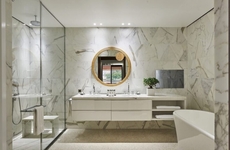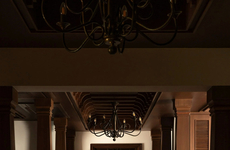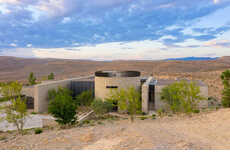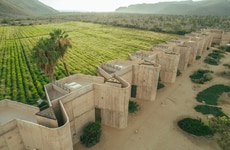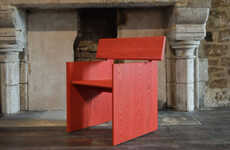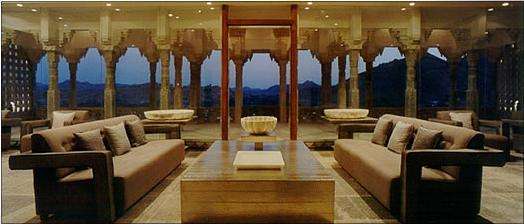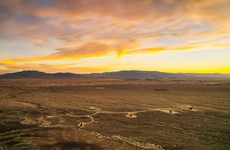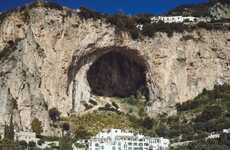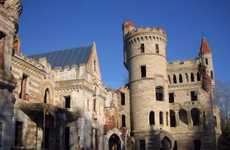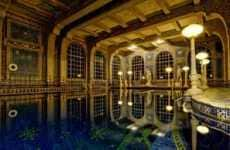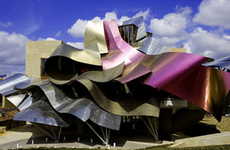
Devi Garh Resort is Luxurious and Imaginative
Juan Carlos Bonilla — February 17, 2007 — World
References: deviresorts
Bringing the best of the past the DeviGarh give us the opportunity to reach a Luxury experience. The hotel features a blend of hip modern design with luxurious castle architecture.
"Nestled in the Aravali hills of Rajasthan, the 18th century Devi Garh Fort Palace, in the village of Delwara commands one the three main passes into the valley of Udaipur. Sajja Singh, who hailed from the neighboring state of Gujarat, was awarded this strategically significant principality, in recognition of his bravery and loyalty to Maharana Pratap against the Mughal emperor Akbar, at the battle of Haldighati (1576). The actual construction of the fort palace started only in the 1760s, under Raghudev Singh II, with further additions being made to the structure by the rulers who followed. The palace was absorbed into the state of Rajasthan in the 1960s, and was subsequently abandoned.Devi Garh, is ready for visitors after years of restoration and rebuilding. The Fort Palace was conceived as a place where the past meets the future. This all suite luxury hotel comprising of 39 suites takes on the look of modern India, with an emphasis on design and detail, using local marbles and semi-precious stones. The contemporary design showcased within this spectacular heritage property, complemented by personalized and intimate service, creates a new image for India for the 21st century."
"Nestled in the Aravali hills of Rajasthan, the 18th century Devi Garh Fort Palace, in the village of Delwara commands one the three main passes into the valley of Udaipur. Sajja Singh, who hailed from the neighboring state of Gujarat, was awarded this strategically significant principality, in recognition of his bravery and loyalty to Maharana Pratap against the Mughal emperor Akbar, at the battle of Haldighati (1576). The actual construction of the fort palace started only in the 1760s, under Raghudev Singh II, with further additions being made to the structure by the rulers who followed. The palace was absorbed into the state of Rajasthan in the 1960s, and was subsequently abandoned.Devi Garh, is ready for visitors after years of restoration and rebuilding. The Fort Palace was conceived as a place where the past meets the future. This all suite luxury hotel comprising of 39 suites takes on the look of modern India, with an emphasis on design and detail, using local marbles and semi-precious stones. The contemporary design showcased within this spectacular heritage property, complemented by personalized and intimate service, creates a new image for India for the 21st century."
Trend Themes
1. Luxury Resort Architecture - There is an opportunity to create a new image for luxury resort architecture by blending modern design with castle architecture, taking inspiration from historical buildings.
2. Heritage Property Restoration - There is an opportunity to restore historical buildings and turn them into luxury hotels, providing unique experiences for tourists while preserving cultural heritage.
3. Sustainable Luxury Hospitality - There is an opportunity to create sustainable luxury hospitality by using local materials and incorporating eco-friendly practices in historical building restorations.
Industry Implications
1. Luxury Hospitality - The luxury hospitality industry can adopt a blend of modern and historical architecture and provide personalized service for an unmatched customer experience.
2. Historical Building Restoration - The historical building restoration industry can tap into the growing demand for unique experiences by restoring heritage properties and turning them into luxury hotels.
3. Sustainable Tourism - The sustainable tourism industry can promote eco-friendly practices and the use of local materials in historical building restoration to provide travelers with unique, sustainable, and culturally rich experiences.
2.1
Score
Popularity
Activity
Freshness


